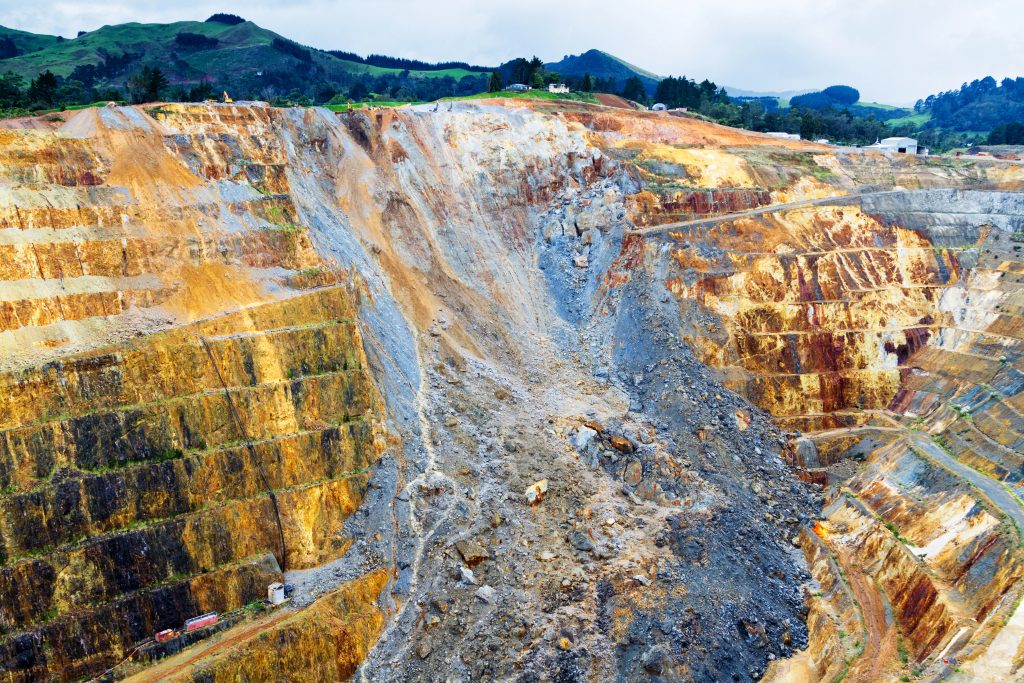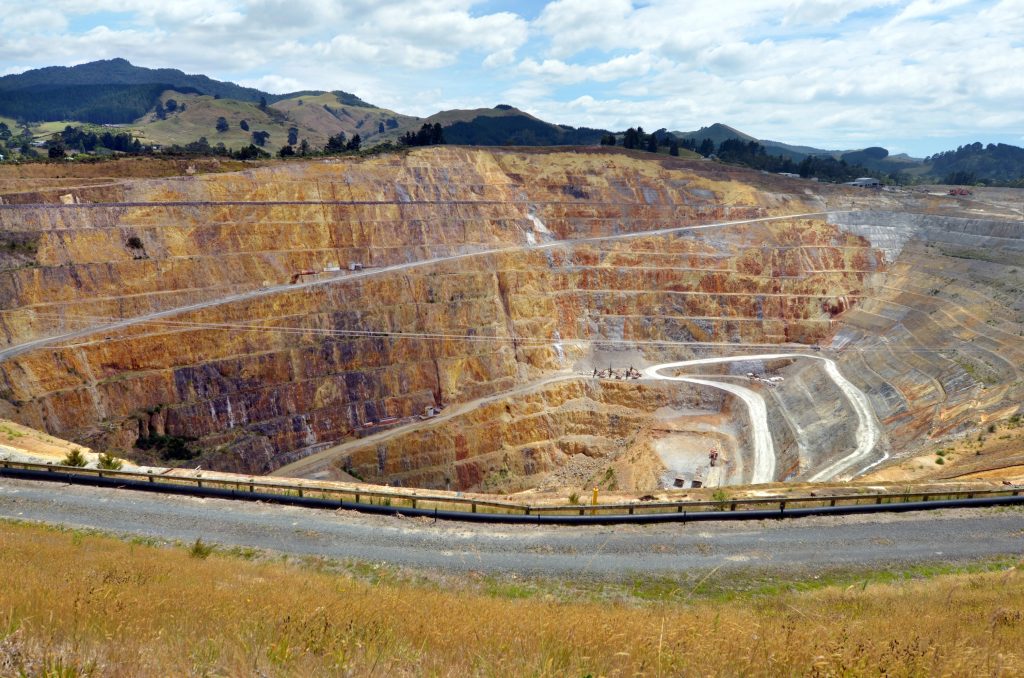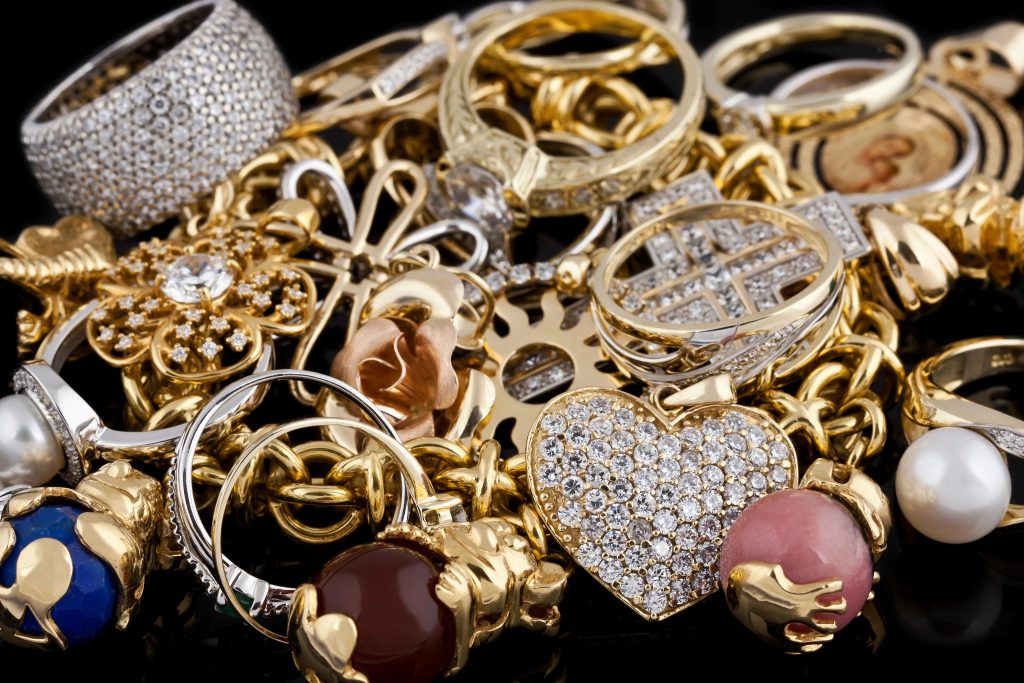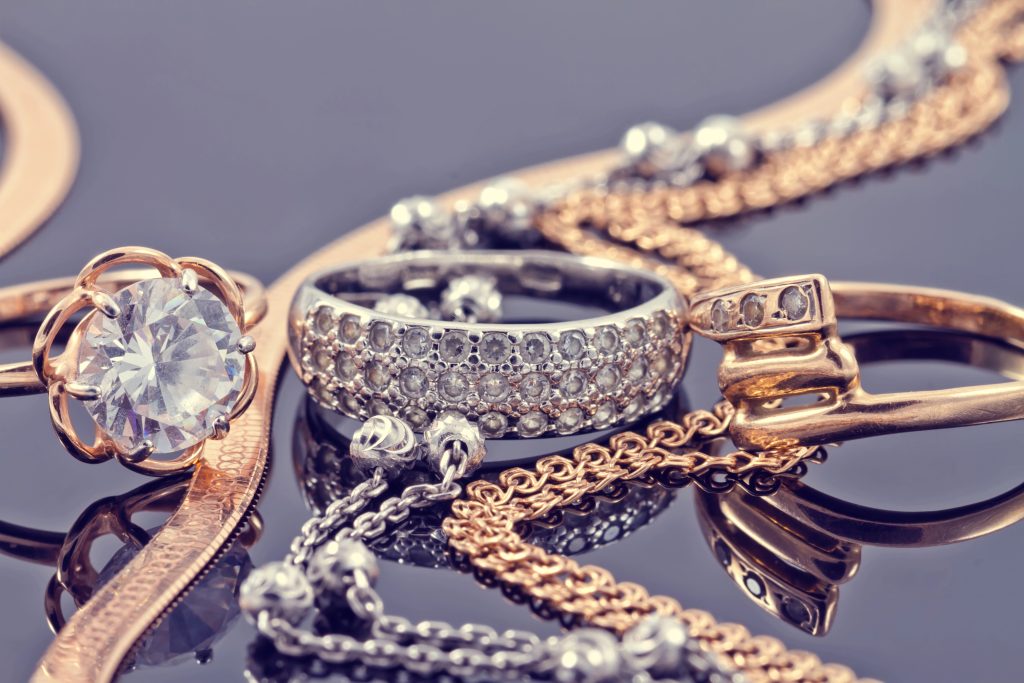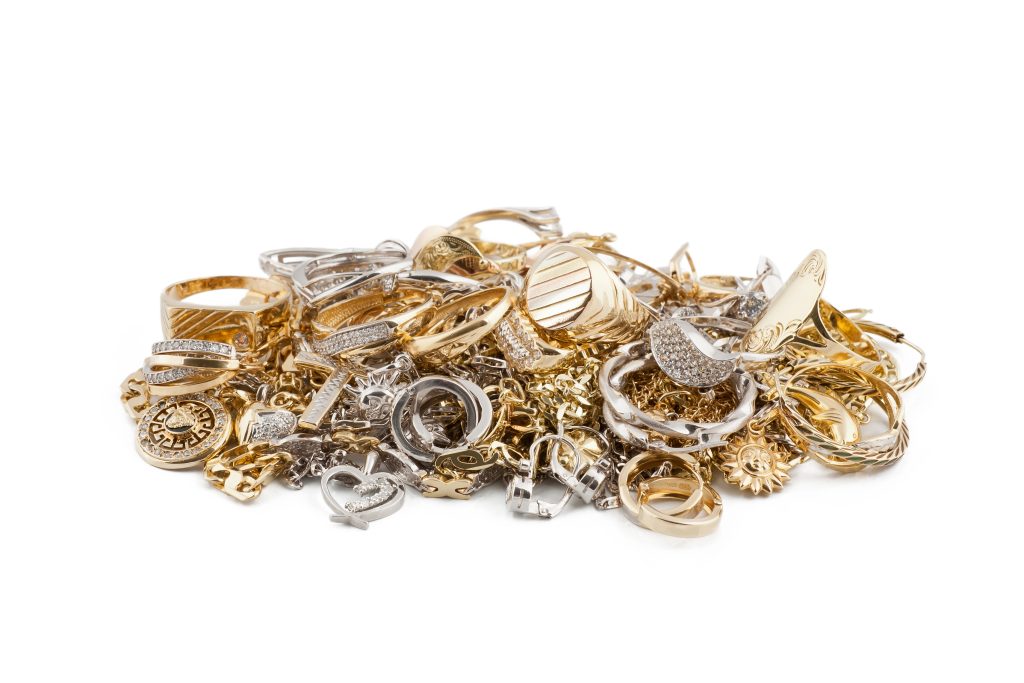In recent years, environmental awareness has surged, prompting consumers to think more critically about the impact of their purchasing and disposal habits.
Among these considerations, the question of whether recycling gold jewellery benefits the environment has gained significant attention.
Gold, a precious metal valued for its rarity, beauty, and durability, also has a complex environmental footprint associated with its extraction and processing.
This article explores how recycling gold jewellery can positively influence the environment, the challenges involved, and why it matters for a sustainable future.
The Environmental Impact of Gold Mining
To understand the benefits of recycling gold jewellery, it’s essential to first recognise the environmental costs of traditional gold mining. Gold extraction is an energy-intensive process that often involves large-scale open-pit mining, which can devastate landscapes, destroy ecosystems, and displace communities. The process consumes vast amounts of water and energy, contributing to greenhouse gas emissions. Additionally, mining operations frequently generate toxic waste, including mercury and cyanide, which can contaminate soil and water sources, harming wildlife and human health.
Statistics indicate that mining one ounce of gold can produce over 20 tons of waste material, highlighting the significant environmental footprint. Moreover, illegal and unregulated mining practices exacerbate environmental degradation, often with little regard for ecological consequences. Given these impacts, reducing reliance on newly mined gold by recycling existing supplies becomes an environmentally responsible choice.
The Process of Recycling Gold Jewellery
Recycling gold jewellery involves recovering pure gold from old, broken, or unwanted jewellery and reprocessing it into new products. This process typically includes several steps:
1. Collection and Sorting: Old jewellery is gathered and sorted based on purity and type.
2. Cleaning and Melting: The jewellery is cleaned to remove any non-gold materials such as gemstones, alloys, or platings and then melted down.
3. Refining: The melted gold undergoes refining processes like electrolysis or chemical treatment to achieve high purity levels.
4. Casting and Manufacturing: The refined gold is cast into new forms or used in manufacturing new jewellery.
This cycle allows for the reuse of existing gold, significantly reducing the need for mining new ore. Recycling gold is highly efficient: it takes approximately 20 times less energy to recycle gold than to mine and refine new gold from ore.
Environmental Benefits of Recycling Gold Jewellery
1. Reduces Energy Consumption and Greenhouse Gas Emissions
As mentioned, recycling gold consumes a fraction of the energy used in mining and refining new gold. According to the World Gold Council, recycling gold can save up to 99% of the energy required for primary gold production. Lower energy consumption translates directly into fewer greenhouse gas emissions, helping combat climate change.
2. Minimises Land and Ecosystem Disruption
Mining operations often lead to deforestation, habitat destruction, and soil erosion. By recycling gold, the demand for new mining declines, reducing these ecological disturbances. Less land needs to be strip-mined, preserving biodiversity and maintaining ecosystem integrity.
3. Decreases Toxic Waste and Pollution
Mining processes involve toxic chemicals like cyanide and mercury, which pose significant risks if improperly managed. Recycling gold side steps these hazardous chemicals, reducing the risk of environmental contamination. Additionally, the reduction in mining waste lessens the burden on waste management systems.
4. Conserves Natural Resources
Gold is a finite resource. Recycling extends the life of existing gold supplies, conserving the Earth’s limited mineral resources. This approach ensures that future generations will have access to this valuable metal without exacerbating environmental degradation.
5. Promotes Sustainable Consumption
Encouraging consumers to buy recycled gold jewellery fosters a circular economy, where materials are reused rather than discarded after a single use. This shift supports more sustainable consumption patterns and reduces the environmental footprint associated with jewellery production.
Challenges and Considerations
While recycling gold offers clear environmental advantages, there are challenges and limitations:
Purity and Quality Control: Recycled gold must meet strict purity standards to be suitable for jewellery. Impurities or mixed alloys can complicate refining processes.
Traceability and Certification: Ensuring that recycled gold is responsibly sourced and free from conflict or unethical practices requires robust certification systems. Organizations like the Responsible Gold Guidance aim to promote transparency.
Economic Factors: The price of gold fluctuates, influencing the viability of recycling programs. When gold prices are high, mining may be more economically attractive than recycling, though environmental benefits remain significant.
Consumer Awareness: Not all consumers are aware that their old jewellery can be recycled or the environmental benefits involved. Education and transparency are key to encouraging responsible recycling.
The Role of Industry and Consumers
Jewellery Industry Initiatives
Many jewellery manufacturers now incorporate recycled gold into their collections as part of sustainability commitments. For example, companies like Tiffany & Co. and Cartier have pledged to increase their use of recycled precious metals, reducing their environmental impact. Certifications such as the Responsible Jewellery Council promote ethical sourcing and recycling standards, helping consumers make informed choices.
Consumer Responsibility
Individuals can contribute significantly by choosing recycled gold jewellery, selling or donating old jewellery instead of discarding it, and supporting brands committed to sustainability. Simple actions, like requesting recycled gold when purchasing new jewellery or recycling broken pieces, can collectively create a meaningful environmental impact.
The Future of Gold Recycling
Advances in refining technologies and increased transparency are making gold recycling more efficient and trustworthy. Emerging innovations include chemical-free refining methods and blockchain-based traceability systems that verify the origin of recycled gold.
Additionally, increasing awareness about the environmental costs of gold mining is motivating consumers and industry players to prioritize recycled options. Governments and regulatory bodies are also promoting policies that encourage recycling and responsible sourcing.
Conclusion
Recycling gold jewellery is a powerful way to mitigate the environmental damage caused by traditional gold mining. It significantly reduces energy consumption, minimizes ecological disruption, conserves natural resources, and decreases pollution. While challenges remain, ongoing technological advancements and growing consumer awareness are paving the way for a more sustainable jewellery industry.
By choosing recycled gold jewellery and supporting responsible practices, consumers can play a vital role in fostering environmental stewardship. Every piece of recycled gold not only carries beauty and value but also embodies a commitment to protecting our planet for future generations. In essence, recycling your gold jewellery is not just an eco-friendly choice—it’s a step toward a more sustainable and responsible world.
